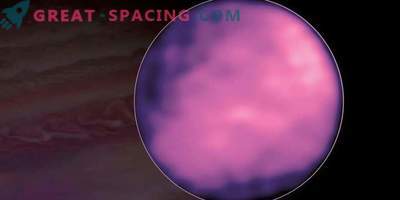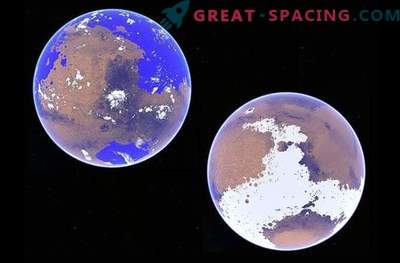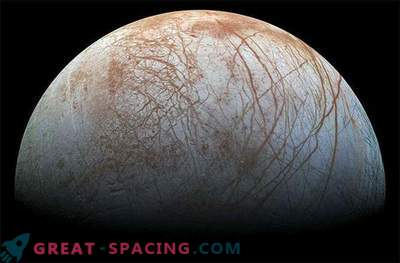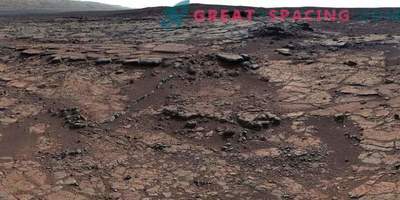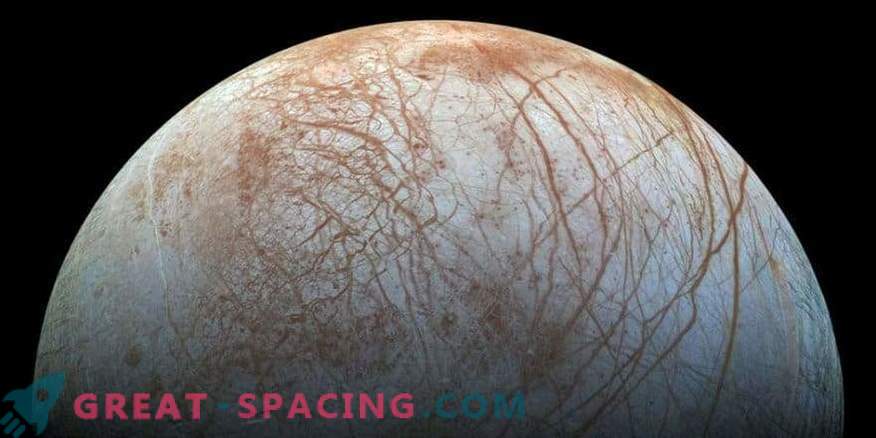
For the first time researchers were able to determine the temperature on the icy surface of Europe
The fact that the satellite of Jupiter Europe is covered with ice does not mean that the whole plane is endowed with a single temperature indicator. The researchers were able to match the hot and cold spots on the surface. For this, data collected from the Earth were used with an accuracy of 200 km. Most of the temperature changes can be explained by the influence of sunlight on ice. However, there is one unusually frosty spot, which causes a light stupor in the scientific world.
The spot is located on the northern hemisphere of Europe and stands out in images taken at different times of the day, which caused the greatest surprise. There was no exact certainty that could lead to a cooling. Moreover, it seems there are no geological features for which you can shove the blame.
There is one more unusual detail that may not have any connection to this topic. The fact is that on the opposite side of the satellite there is a warm area in the Puil crater. It makes sense, because craters tend to keep warm, regardless of the surrounding area. Measurements are based on data from submillimeter array ALMA (Chile). Then they were compared with the indicators predicted by the thermal model of the satellite, taking into account how much sunlight hits the world and how the ice surface reflects the rays (based on a review of the Voyager-2 spacecraft).
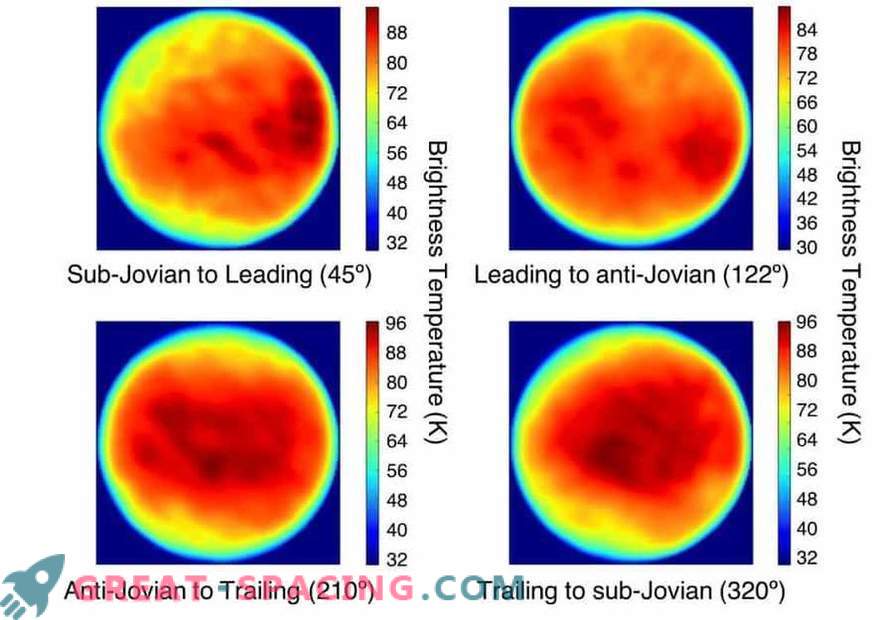
Thermal images of Europe, obtained in the framework of the new study. An unusually cold area in the upper left of the upper left image catches the eye.
On most of the lunar surface, the model performed well, with the exception of the Puil crater and the cold spot in the northern hemisphere. Also, researchers were surprised to find that there is no visible connection between local geological features and temperature.
The team plans to continue the review at ALMA to study the surface temperature of Europe and improve the accuracy of the estimates. But there is not much to achieve from Earth, so all hopes are for the NASA Clipper mission, which is expected to launch in the 2020s.

